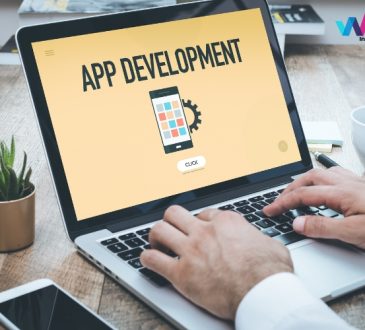
In today’s world, data analytics has become an essential tool for organizations to gain insights into their business operations and make informed decisions. Data analytics is the process of collecting, processing, and analyzing large sets of data to identify patterns and draw conclusions.
A data analytics guide is a resource that provides information on how to collect, process, and analyze data to gain insights. In this article, we will discuss the essential components of a data analytics guide and how it can help organizations leverage their data to drive business outcomes.
1. Define Your Objectives
The first step in creating a data analytics guide is to define your objectives. What insights do you want to gain from your data? What business outcomes do you want to achieve? Defining your objectives will help you determine the types of data you need to collect, the tools you need to use, and the methods you need to employ to analyze your data effectively.
2. Collect Relevant Data
Once you have defined your objectives, the next step is to collect relevant data. This can include internal data, such as sales and customer data, as well as external data, such as market trends and competitor analysis. It is essential to ensure that the data you collect is accurate, complete, and relevant to your objectives.
3. Clean and Process Your Data
Once you have collected your data, the next step is to clean and process it. Data cleaning involves removing any errors, duplicates, or inconsistencies in your data to ensure accuracy. Data processing involves transforming your data into a format that can be analyzed effectively. This can include organizing your data into tables or graphs or applying statistical models to identify patterns and trends.
4. Analyze Your Data
The next step in the data analytics guide is to analyze your data. This involves using tools such as statistical analysis, data mining, and machine learning to identify patterns and draw conclusions. There are many different analytical techniques you can use, depending on your objectives and the type of data you have collected.
5. Visualize Your Results
Once you have analyzed your data, the next step is to visualize your results. This can include creating graphs, charts, or other visual representations of your data to help you communicate your findings effectively. Visualizing your results can also help you identify patterns and trends that may not be immediately apparent in your data.
6. Communicate Your Findings
The final step in the data analytics guide is to communicate your findings. This can include creating reports, presentations, or dashboards that summarize your insights and recommendations. It is essential to ensure that your findings are communicated effectively to key stakeholders to drive informed decision-making.
In conclusion, a data analytics guide is an essential resource for organizations looking to leverage their data to drive business outcomes. By defining your objectives, collecting relevant data, cleaning and processing your data, analyzing your data, visualizing your results, and communicating your findings, you can gain insights into your business operations and make informed decisions. Whether you are a small business owner or a large corporation, data analytics can help you identify opportunities, mitigate risks, and optimize your operations. With the right tools and techniques, you can unlock the full potential of your data and achieve your business goals.




